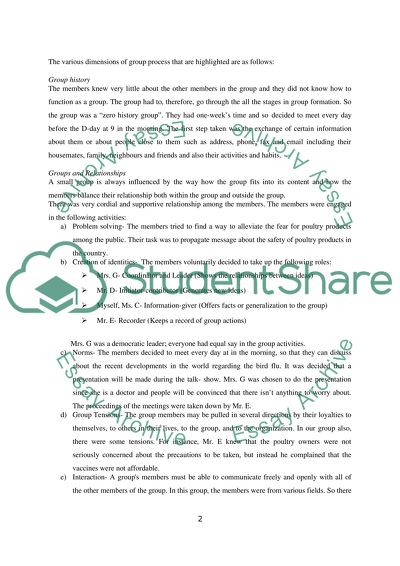Cite this document
(Small Group Dynamics Term Paper Example | Topics and Well Written Essays - 2000 words, n.d.)
Small Group Dynamics Term Paper Example | Topics and Well Written Essays - 2000 words. Retrieved from https://studentshare.org/social-science/1525457-small-group-dynamics-essay
Small Group Dynamics Term Paper Example | Topics and Well Written Essays - 2000 words. Retrieved from https://studentshare.org/social-science/1525457-small-group-dynamics-essay
(Small Group Dynamics Term Paper Example | Topics and Well Written Essays - 2000 Words)
Small Group Dynamics Term Paper Example | Topics and Well Written Essays - 2000 Words. https://studentshare.org/social-science/1525457-small-group-dynamics-essay.
Small Group Dynamics Term Paper Example | Topics and Well Written Essays - 2000 Words. https://studentshare.org/social-science/1525457-small-group-dynamics-essay.
“Small Group Dynamics Term Paper Example | Topics and Well Written Essays - 2000 Words”, n.d. https://studentshare.org/social-science/1525457-small-group-dynamics-essay.


